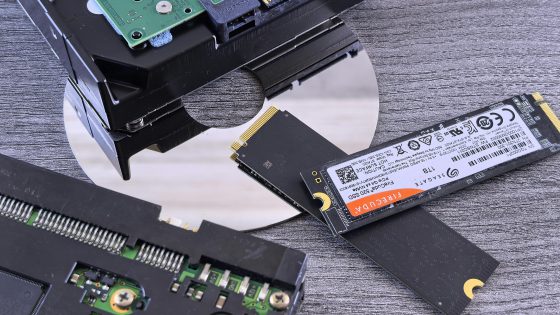Graphene reveals a quantum secret!

For many years, one of the greatest puzzles of quantum physics remained unanswered. Can electrons behave like a perfect, frictionless fluid, as described by the universal quantum constant? Due to imperfections and impurities in materials, this has been extremely difficult to detect.
Researchers from the Indian Institute of Science (IISc), in collaboration with Japan's National Institute for Materials Science, have now detected this quantum electron fluid in graphene, a single-layer carbon material. Their results, published in Nature Physics, open new doors to the quantum world and confirm graphene as an ideal platform for exploring rare quantum phenomena. "It's amazing how many secrets a single layer of graphene holds, even after 20 years," says Professor Arindam Ghosh of IISc.
The team created extremely pure graphene samples and observed how it simultaneously conducted electricity and heat. Surprisingly, they found the inverse relationship: higher electrical conductivity meant lower thermal conductivity. At low temperatures, they detected a deviation from the law of more than 200 times, indicating separate mechanisms for heat and charge transfer. Both are based on a universal constant, namely quantum conductivity.
This phenomenon occurs at the “Dirac point,” where graphene is neither a metal nor an insulator. There, electrons move like a liquid—similar to water, but a hundred times less viscous. This state, called a Dirac liquid, is reminiscent of the quark-gluon plasma observed at CERN.
Graphene thus proves to be a cost-effective platform for simulating high-energy physics and astrophysics. The Dirac liquid also promises advances in quantum sensors for detecting extremely weak signals. This could be very useful in practice.






























